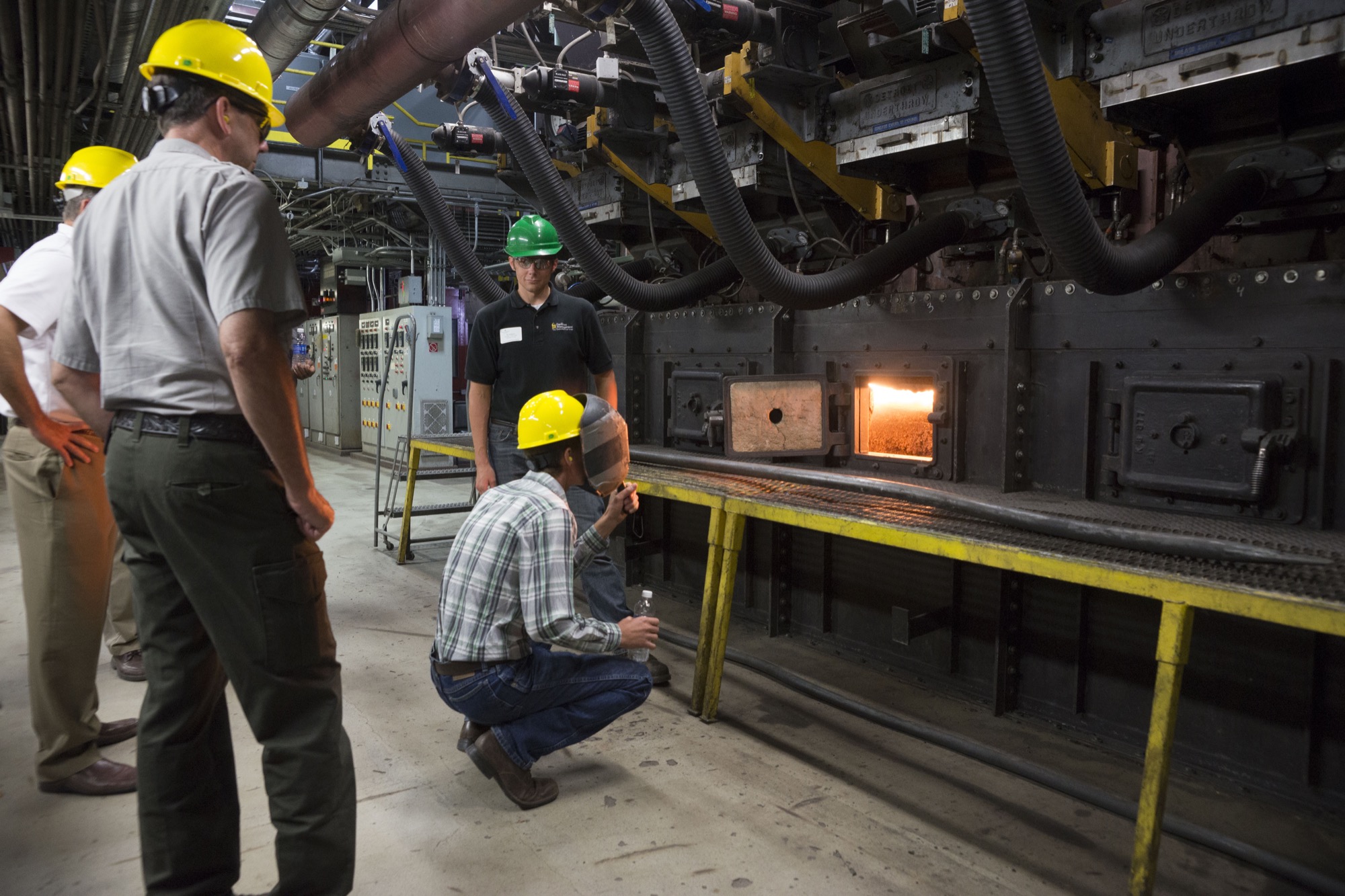College of Liberal Arts & Sciences
Iowa Study Suggests Burning Biomass Increases Air Quality

IOWA CITY — Eastern Iowans have cleaner air to breathe - thanks to the burning of biomass at an area power plant, according to a new study from the University of Iowa.
For more than a decade, the UI has been burning about 40,000 tons of oat hulls, from Quaker Oats’ Cedar Rapids facility, each year. The university uses them at its power plant in a 50-50 blend with coal.
The study found some serious air quality benefits.
When compared to burning coal exclusively, officials found fossil carbon-dioxide emissions, a contributor to global warming, were reduced by 40 percent. The release of particulate matter, which are tiny bits of solid material released into the environment by the plant, were reduced by 90 percent.
“That’s important,” said Betsy Stone, an assistant chemistry professor at the University of Iowa. “Particles in the air have negative human health impacts and can exacerbate respiratory disease, like asthma and cardio vascular disease.”
The use of oat hulls also cuts down on the amount of limestone power plant workers have to put in the boiler. Limestone is used to control the release of sulfur dioxide and a byproduct of the reaction is an increase in particulate matter.
This summer, the plant added a third type of biomass, in additon to the wood and oat hulls: a grass called miscanthus.
Each option is part of the school’s effort to receive 40 percent of its power generation from renewable sources by 2020.
By Forrest Saunders